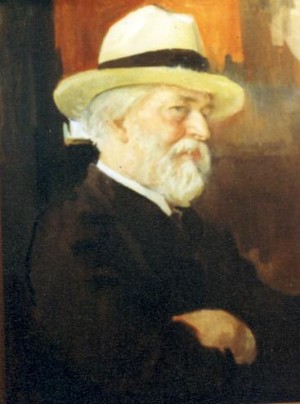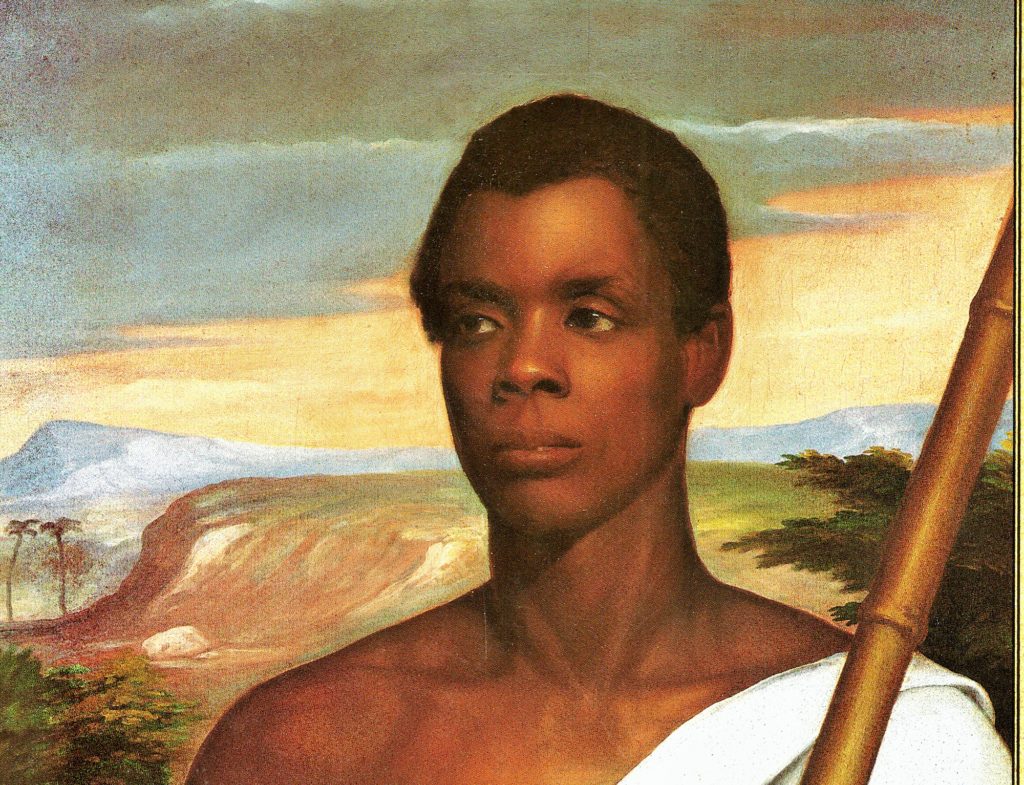Slavery After the American Revolution
The new nation that Farmington patriots fought for in the Revolution was founded on the principle that “all men are created equal … endowed by their Creator with certain unalienable rights,” including “life, liberty and the pursuit of happiness.” But many of the republic’s residents were slaves, as Barbara Donahue wrote in “Speaking for Ourselves: African American Life in Farmington, Connecticut”:
“In 1790, there were were almost four million people in the United States. Of these, about 750,000, or almost 20%, were black. Of these blacks, 60,000, or only 8%, were free. … In Connecticut a little over half of the state’s 5,500 blacks were free.”
In the eighteenth century, there were free black townspeople living in Farmington and slaves. Among the free black residents was Israel Freeman, an entrepreneur who bought and sold land in town. He lived in a house on Main Street at the corner of Mountain Road. He started as a poor man who fished in the Farmington River for a living. He may have earned the money to start buying land while serving in the French and Indian War.
Frank Freeman, also a free black resident, was given the post of town “hayward” in 1686. It was his job to make sure that all livestock was properly tied up or fenced in. He owned his own house and, it was said, a collection of books.
Other black residents in town worked as slaves until they could buy their freedom. Titus Lombardy, a slave owned by Joshua Youngs Sr. in 1790, was living “like a free man” in his own home by 1810. Six years later, his liberty was made official in an emancipation document:
“Therefore be it known to whom it may concern that I have and hereby do completely emancipate & set at liberty the said Titus, so that neither I or any claiming under me, shall hereafter have any right whatever to his services in virtue of his being my slave. Done at Farmington this 10th day of January A.D. 1816.”
Britto, a slave owned by Thomas Hart Hooker, who lived at 66 Main Street, paid 60 pounds for his freedom in 1775.
A slave named Sampson was released from slavery by Exekiel Lewis of Farmington, “in consideration of the fidelity and good service, together with those sums of money and reasonable satisfaction that I have received ….”
Some slaves obtained their freedom when their owners died. In a will dated January 31, 1775, Abigail Deming of Farmington wrote that a slave named Prince would be “free from servitude” after serving her husband for two years after her death or until he reached age 23.
Other slaves were unable to gain their freedom. Joseph Munn, owned by William Nicholls of Waterbury, was promised freedom in return for three years of service in the Continental Army during the Revolutionary War. He enlisted but was sold by his owner while he was in the army; the new owner refused to free him. Munn petitioned the state legislature, but he was turned down because he’d been dismissed from the army. The reason was that he’d broken an arm while on active duty. “Ironically, in fighting to guarantee his country’s freedom, he guaranteed his own enslavement,” Barbara Donahue wrote in “Speaking for Ourselves.”
Another slave who fought in the Revolutionary War, Pharoah Hart of Farmington, was more successful in winning his freedom, but not without a disagreement over his army wages. Hart fought in Germantown, Pennsylvania, in 1777 and Monmouth, New Jersey, in 1778. He agreed to give his owner, Selah Hart, a portion of his wages in return for his freedom, but Selah demanded and received all of them, Barbara Donahue wrote.



